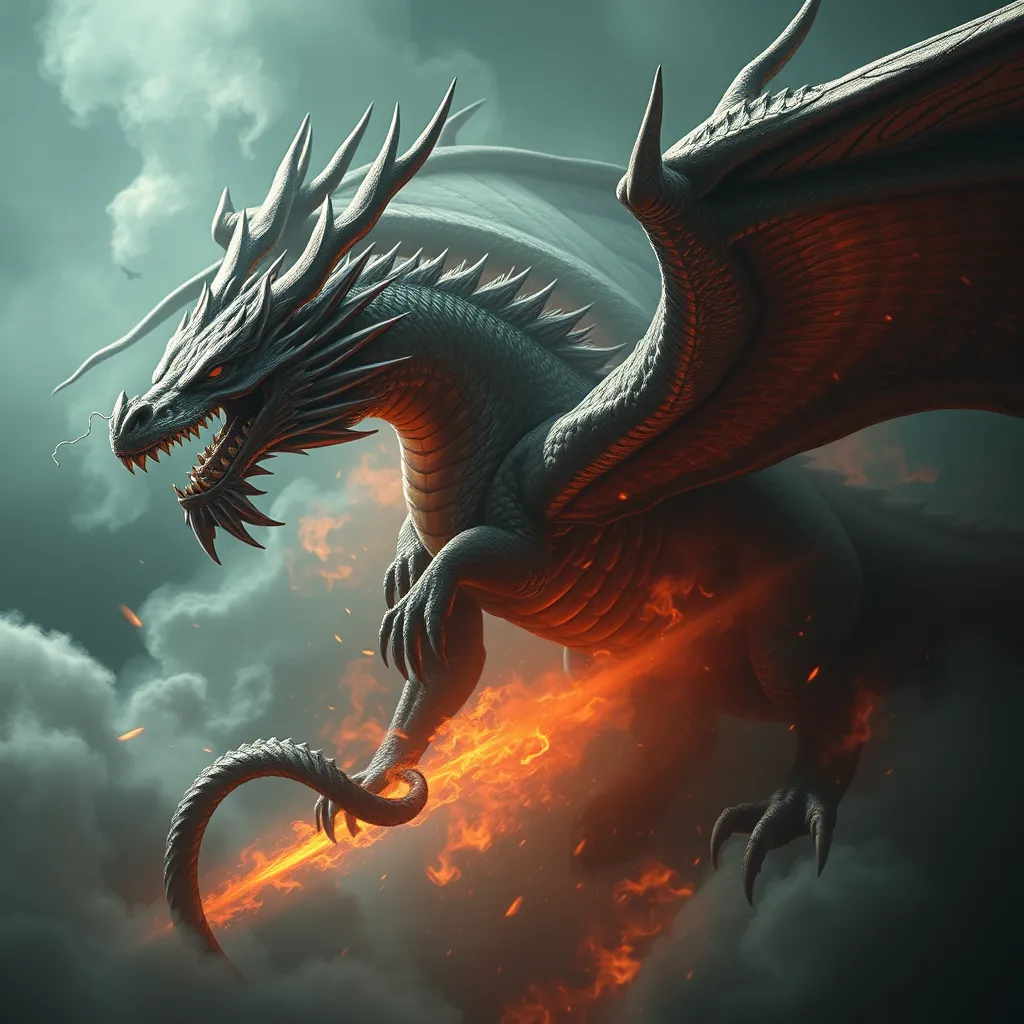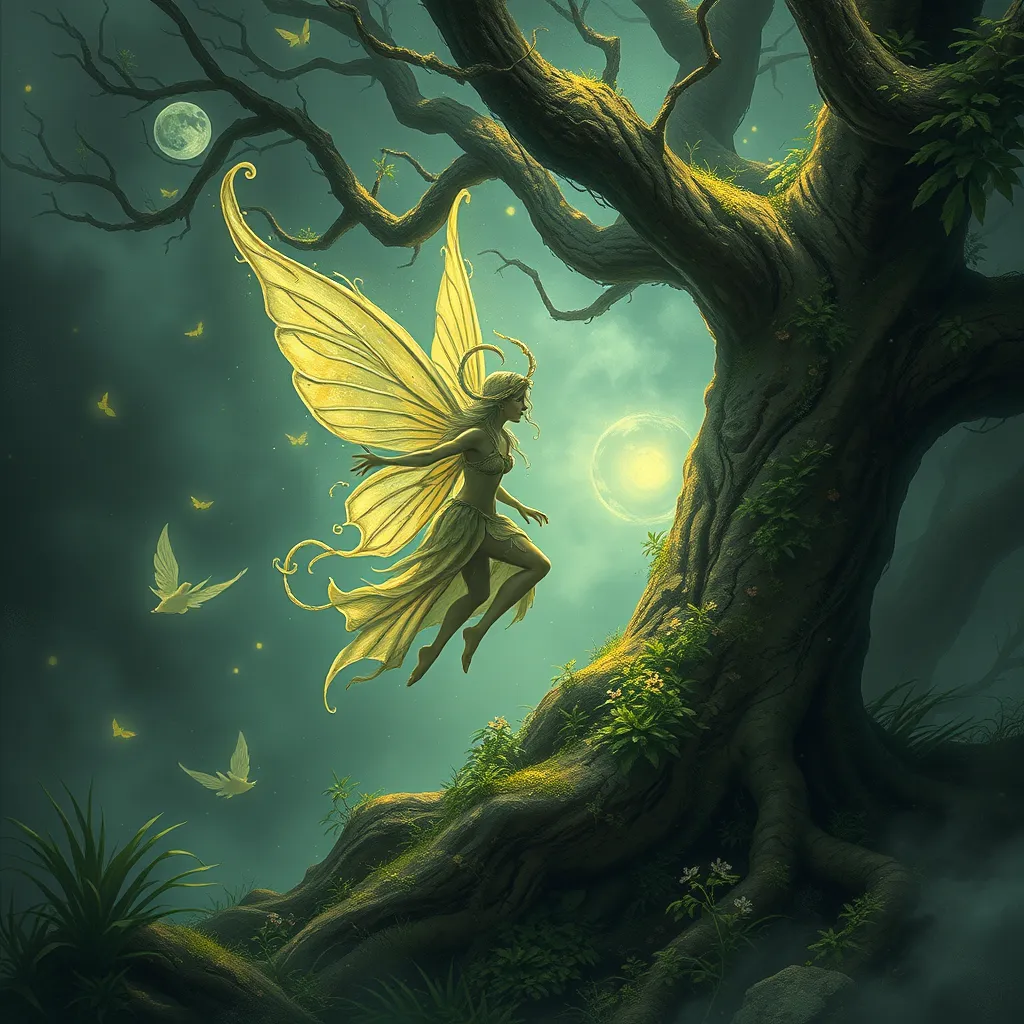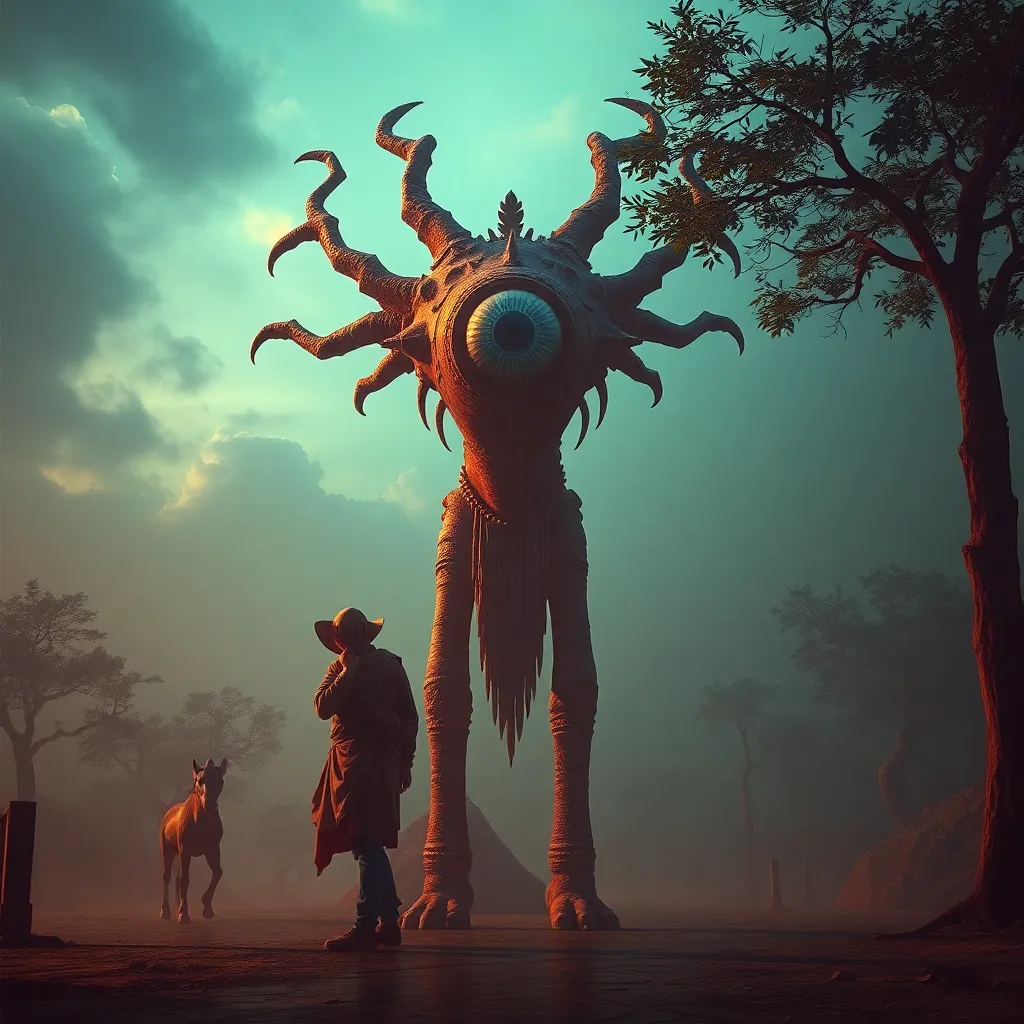The Dragon’s Code: Understanding the Rules and Laws Governing Dragons in Different Mythologies
I. Introduction
Dragons have captivated human imagination for centuries, appearing in the folklore and mythology of diverse cultures around the globe. These majestic and fearsome creatures embody a wide range of traits, from wisdom and benevolence to destruction and chaos. Understanding the rules and laws that govern these mythical beings is essential not only for appreciating their narratives but also for grasping the cultural values and fears of the societies that created them.
This article aims to explore the fascinating world of dragons, examining their nature, roles in various mythologies, and the codes that define their existence. Through this exploration, we will uncover the significance of dragons in different cultures and their lasting impact on contemporary society.
II. The Nature of Dragons: A Brief History
A. Origins of dragon myths across cultures
The origins of dragon myths can be traced back to ancient civilizations, where these creatures were often inspired by real animals such as crocodiles and large snakes. For instance, the ancient Mesopotamians depicted dragons in their art and mythology, while early Chinese culture revered them as symbols of power.
B. Evolution of dragon depictions over time
As cultures evolved, so did the representation of dragons. Initially viewed as benevolent beings that brought rain and fertility, in many Western traditions they transformed into malevolent creatures that hoarded treasure and terrorized villages.
C. Common characteristics shared by dragons globally
- Ability to fly
- Fire-breathing capabilities
- Scale-covered bodies
- Intelligence and wisdom
- Association with elemental powers, such as water or earth
III. The Role of Dragons in Eastern Mythologies
A. Chinese dragons: symbols of power and good fortune
In Chinese mythology, dragons are revered as symbols of strength, power, and good fortune. They are often associated with water, controlling rain and rivers, and are seen as protectors of the people. The Chinese dragon is characterized by its long, serpentine body and lack of wings, representing harmony and balance.
B. Japanese dragons: guardians and water deities
In Japan, dragons are also linked to water and are often depicted as guardians of seas and rivers. They are seen as benevolent creatures that bring rain and fertility to the land. Japanese dragons tend to have three claws, unlike their Chinese counterparts, who typically have four.
C. Indian mythology: dragons as serpentine beings
In Indian mythology, dragons are often depicted as serpentine beings known as “Nagas.” They possess both divine and earthly qualities and are associated with water, fertility, and the underworld. Nagas are revered and feared, embodying the duality of creation and destruction.
IV. The Role of Dragons in Western Mythologies
A. European dragons: fearsome beasts and their role in folklore
In contrast to Eastern mythology, dragons in European folklore are often depicted as fearsome beasts that hoard treasure and terrorize communities. They are frequently portrayed as adversaries for knights and heroes to conquer, symbolizing chaos and moral challenges.
B. The connection between dragons and medieval chivalry
Dragons played a significant role in medieval chivalric literature, where slaying a dragon was seen as a rite of passage for knights. This act symbolized bravery and the triumph of good over evil, reinforcing the ideals of chivalry and honor.
C. Dragons in Norse mythology: protectors of treasure
Norse mythology presents dragons as guardians of immense treasures, often found hoarding gold in caves. The dragon Fafnir is a prime example, transformed from a man into a dragon due to greed, illustrating the corrupting power of wealth and the consequences of avarice.
V. Laws and Codes Governing Dragons
A. Hierarchical structures within dragon societies
Many myths suggest that dragons exist within their own hierarchical societies, often ruled by a wise and powerful elder dragon. These structures can define behaviors, alliances, and conflicts within dragon communities.
B. Cultural taboos and sacred laws associated with dragons
Various cultures have established taboos and laws regarding interactions with dragons. In some traditions, it is forbidden to harm a dragon, as they are seen as sacred beings. In others, specific rituals must be performed to appease or summon them.
C. The balance of power: dragons and humans
The relationship between dragons and humans is often depicted as a delicate balance of power. While dragons are powerful beings capable of destruction, humans are portrayed as clever and resourceful, often finding ways to negotiate or confront dragons rather than resorting to outright violence.
VI. The Symbolism of Dragons in Mythical Narratives
A. Dragons as embodiments of chaos and destruction
In many narratives, dragons symbolize chaos and the primal forces of nature. Their destructive capabilities often serve as a metaphor for the uncontrollable aspects of life, challenging heroes to confront their fears and limitations.
B. The duality of dragons: protectors vs. destroyers
Dragons embody a duality that reflects the complexities of nature and existence. They can be protectors, guiding and aiding those who respect them, or destroyers, wreaking havoc on those who encroach upon their territory.
C. Lessons learned from dragon encounters in myths
Encounters with dragons in myths often carry important lessons about courage, wisdom, and respect for nature. Heroes who confront dragons usually emerge changed, possessing newfound knowledge or strength.
VII. Modern Interpretations and Representations of Dragons
A. Dragons in contemporary literature and media
Today, dragons continue to thrive in contemporary literature and media, appearing in popular series such as “Game of Thrones” and “Harry Potter.” These representations often blend traditional traits with modern storytelling elements, making dragons relatable and complex characters.
B. The shift in perception towards dragons as heroes
There has been a notable shift in the perception of dragons, with many modern interpretations presenting them as heroes or misunderstood beings rather than mere villains. This change reflects a growing appreciation for complexity and nuance in character development.
C. Cultural significance of dragons in today’s society
Dragons hold significant cultural importance today, often symbolizing strength, resilience, and the pursuit of knowledge. They are celebrated in festivals, literature, and art, embodying the enduring fascination humanity has with these legendary creatures.
VIII. Conclusion
In conclusion, dragons are multifaceted creatures that traverse the boundaries of cultures and time. Their rich history and evolving depictions highlight the complexities of human fears, aspirations, and values. The rules and laws governing dragons not only reflect the societies that created them but also offer timeless lessons that resonate in our modern world.
The enduring legacy of dragons in mythology underscores their relevance in contemporary culture, reminding us of the balance between chaos and order, destruction and protection. As we continue to explore and reinterpret these magnificent beings, we are invited to reflect on our own relationships with power, nature, and the unknown.



